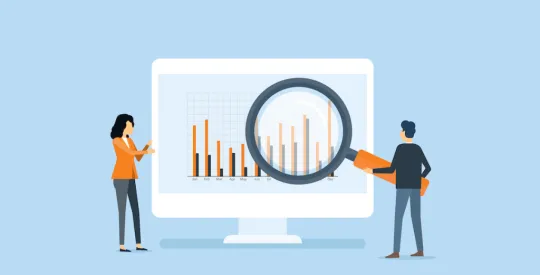Are you looking to finally buy a home, but not sure where to start? These five tips give borrowers an idea of where to begin the sometimes daunting process.
In an email to HousingWire, Ray Rodriguez, regional sales manager of TD Bank, provided this advice to consumers gearing up to buy a home in 2017, whether they are first-time homebuyers or veterans of the process.
1. Know how much of a loan you qualify for: Potential buyers should consider the loan-to-value ratio in determining what they can afford. This is calculated by dividing the loan amount over the appraised value or purchase price of the home, whichever is lower. A higher LTV, especially above 80%, may negatively impact pricing and oftentimes implies the added expense of private mortgage insurance.
2. Determine what you can afford: Future homeowners should understand how much of a monthly mortgage payment they can afford by determining their debt-to-income ratio. This can be calculated by dividing all monthly expenses such as mortgage payments, taxes, insurance, credit cards, auto loans and student loans and by the total monthly gross household income. Monthly debt only includes items that appear on a credit report, so this wouldn't include a cable bill or groceries. It's best to not let the DTI ratio exceed 43%, but mortgage lenders may have a lower DTI ratio that you cannot exceed.
3. Talk to a lender: It’s important for homebuyers to look to their lenders for guidance throughout the entire home-buying process. A lender can help calculate both upfront and monthly expenses, and can recommend mortgage options that help alleviate costs associated with home buying.
4. Do your homework and prepare a budget: After consulting a lender, homebuyers should plan for expenses associated with buying a home, such as property tax rates in the neighborhood they’re considering. They should also prepare for the unknown – TD’s First-Time Homebuyer Pulse Survey found that 17% of first-time buyers haven’t set aside money for unexpected repairs and costs. According to TD Bank’s recent Mortgage Service Index, 62% of respondents spent close to $2,000 in unexpected costs during the mortgage process. Buyers should prepare a cushion for unexpected repairs and other expenses that may arise throughout the process.
5. Credit counts: Make sure that all accounts listed under your name belong to you and that the account balances are accurate, or you may run into trouble when qualifying for a loan. It can take several months to have an error removed from your credit report. The earlier you look, the more time you give yourself to fix any problems. Additionally, most people should hold off on opening or closing credit cards and making big purchases until after completing a home purchase.



